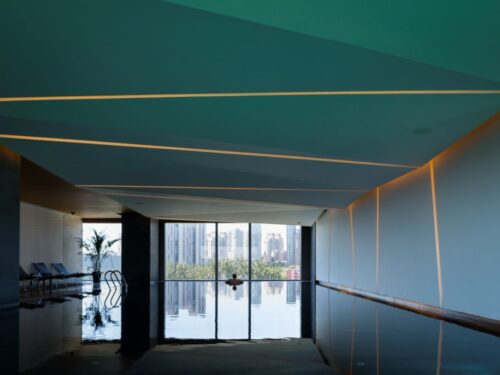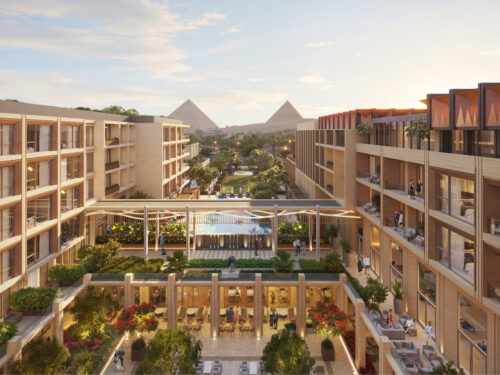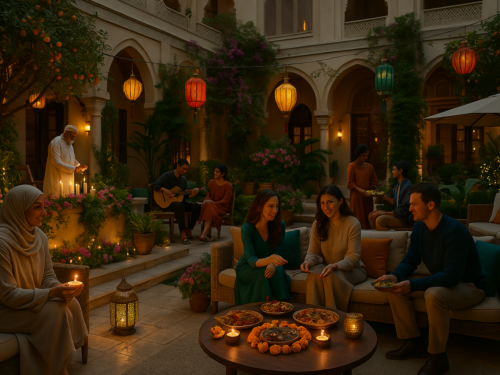Benoy is currently working on a range of exciting hospitality projects around the world. Here, Senior Associate Director and hospitality specialist Zaynib Khan sets out future design trends for this rapidly evolving space.
Return to Future ThinkingWhat does the hotel of the future look like? Insights with Zaynib Khan

Well-considered hotel architecture and interior design have always been essential for ensuring a unique and memorable guest experience. But the hospitality landscape is changing. Every moment along the guest journey, from arrival to checkout, is being redefined to exceed expectations, incorporate the latest technology, and meet the demands of tomorrow’s world. So where are these shifts taking us? What is the hotel of the future? And what are the preferences and trends shaping its overall look and feel?
Purpose and authenticity
People increasingly want purpose-led design and impactful hospitality environments, grounded in authenticity. For designers, this will mean integrating compelling stories into the guest journey. It’s a process that involves reflecting local context in a hotel’s architecture and interior, and creating design schemes that capture the uniqueness of surrounding landscapes and traditions. By tapping into shared values and establishing connections between guests and local communities, designers can create truly authentic hospitality experiences. And this in turn facilitates a form of cultural exchange.
At the same time, in certain locations it’s important to be sensitive to the aspirations of local people, who may be looking to redefine their identity and future direction. In cities and countries that are ‘heavy with the past’, design can help to create new cultural pathways and celebrate new traditions – a trend we expect will continue to shape the future of hospitality.
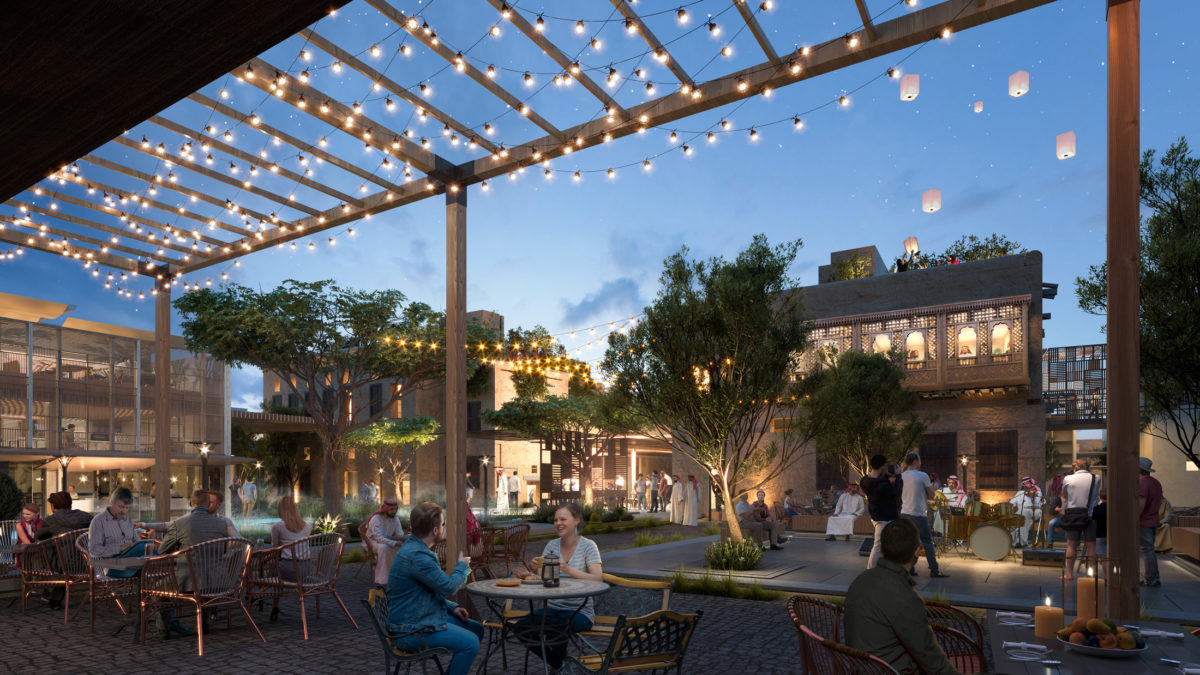
Public spaces
Around the world, hotels are functioning more and more as social hubs. Within major new urban developments, hotels will increasingly play a central, anchoring role. They will provide public areas that create a sense of place and belonging and positively impact the wider community. As multipurpose buildings, hotels will become extensions of neighbourhoods. We expect a continued focus on community connections and the integration of local people’s needs and concerns into architectural design schemes.
To these ends, public areas within hotels will need to work much harder. Lobbies will continue to expand and flex into coworking space or event venues that cater for a range of end-users. Meanwhile, the extension of public realm in urban areas is likely to see increased mixed-use synergies within hospitality environments, with hotels supporting retail, F&B and leisure at the ground floor level. In fact, the expansion of ‘commercial space’ within hotels is already underway, but it’s not commercial space as we know it. For this space to work cohesively within a hospitality environment, designers have to consider how the architecture will accommodate multiple tenants, short- and long-term uses, and the sublease of spaces, while enabling operators to maintain a holistic brand identity.
We also expect to see the convergence of hotel assets with wider uses, such as sports and entertainment, as developers seek partnerships that will drive customer footfall and satisfaction. Pragma, our sister company and experts in commercial insight, point out that there is opportunity for a great mutual relationship. Hotels benefit from the presence and proximity of retail and F&B. Meanwhile, retail and F&B operators likewise appreciate the captive footfall provided by hotel guests.
Pragma, our sister company and experts in commercial insight, point out that there is opportunity for a great mutual relationship. Hotels benefit from close proximity to retail and F&B, lessening the requirement for them to provide services that are outside their core skillset. Retail and F&B operators likewise appreciate the captive footfall provided by nearby hotel guests.
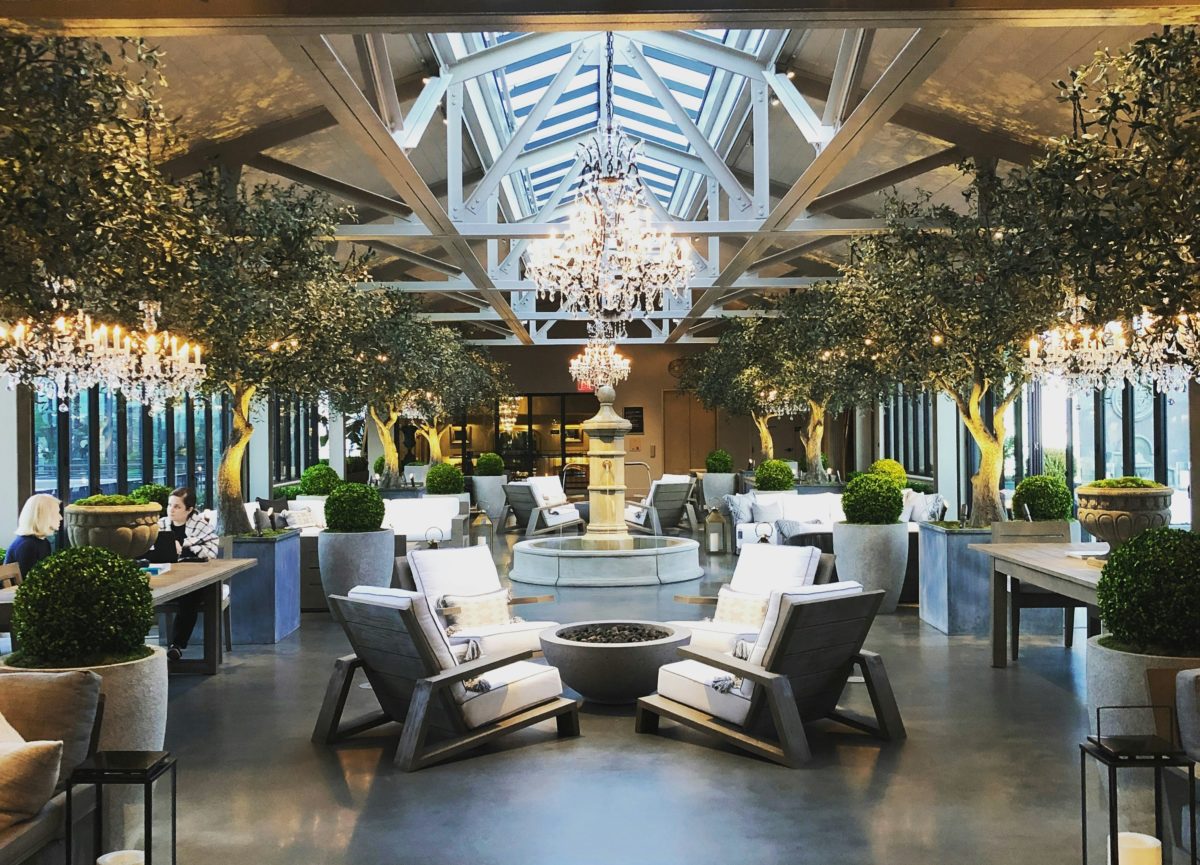
Biophilic design and wellbeing
The hotel experience of the future will facilitate a deeper engagement with nature. As people seek respite from urban living, and as awareness of the importance of the natural world increases, biophilic design principles will be more widely incorporated into hospitality environments. This will include biomorphic forms being reflected in hotel architecture, with designers leveraging new technology to explore organic shapes that mimic nature.
Increasingly, we’re seeing plants, flowing water, airflow variability, natural materials, light and shadow being deployed as key design features. The aim here is to recreate the visual and sensory experience of natural environments. Seaweed wall tiles, reed insulation and mushroom leather are just some of the more remarkable innovations in bio-based interior design.
These elements are also being embraced as part of the hospitality health and wellness agenda.
As we know, spaces that deploy biophilic design help to reduce stress and improve wellbeing. Looking ahead, we expect to see designers combining these approaches with the principles of neuro-aesthetics to deepen the emotional connection with guests. By collaborating with scientists and medical professionals, designers will be able to impact behaviours and promote mental and physical health – for example, by deploying specific colours, shapes and smells to create calming hotel environments.
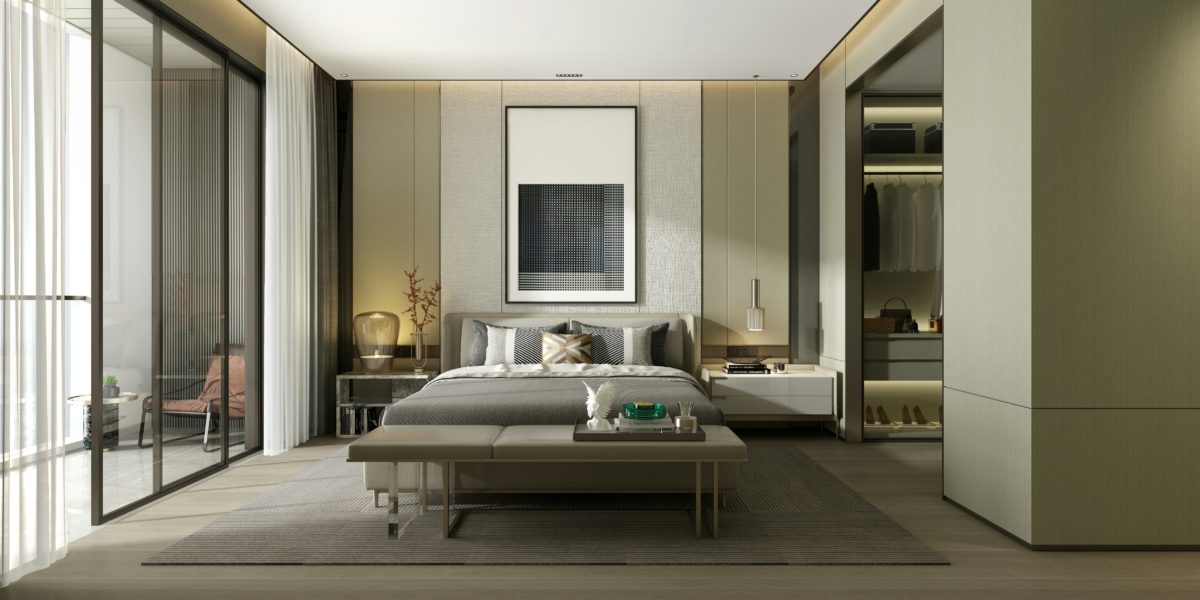
Hyper personalisation and customisation
Within hospitality environments, thanks to technology the guest journey is becoming seamless and streamlined. From mobile check-ins to keyless entry, customers encounter fewer friction points than ever before. At the same time, guest data enables personalised hotel experiences, such as automatic amenity additions or room configurations. And while personalisation features are implemented by the operator, architects create the framework that enables tailored curation – a role that will become increasingly important in the future.
Designers also need to be mindful of creating opportunities for customisation, which is delivered at the micro level in response to individual needs. Through adaptable, flexible features and ‘smart’ room innovations, designers can empower guests to shape their own spaces and experiences. Indeed, design concepts that enable guests to change the layout, look, feel and function of their room are gaining traction. Incorporating the latest touch-free tech to operate room temperature, activate lifts or change lighting will soon become the norm, as more people seek a seamless, digital and versatile hospitality experience.
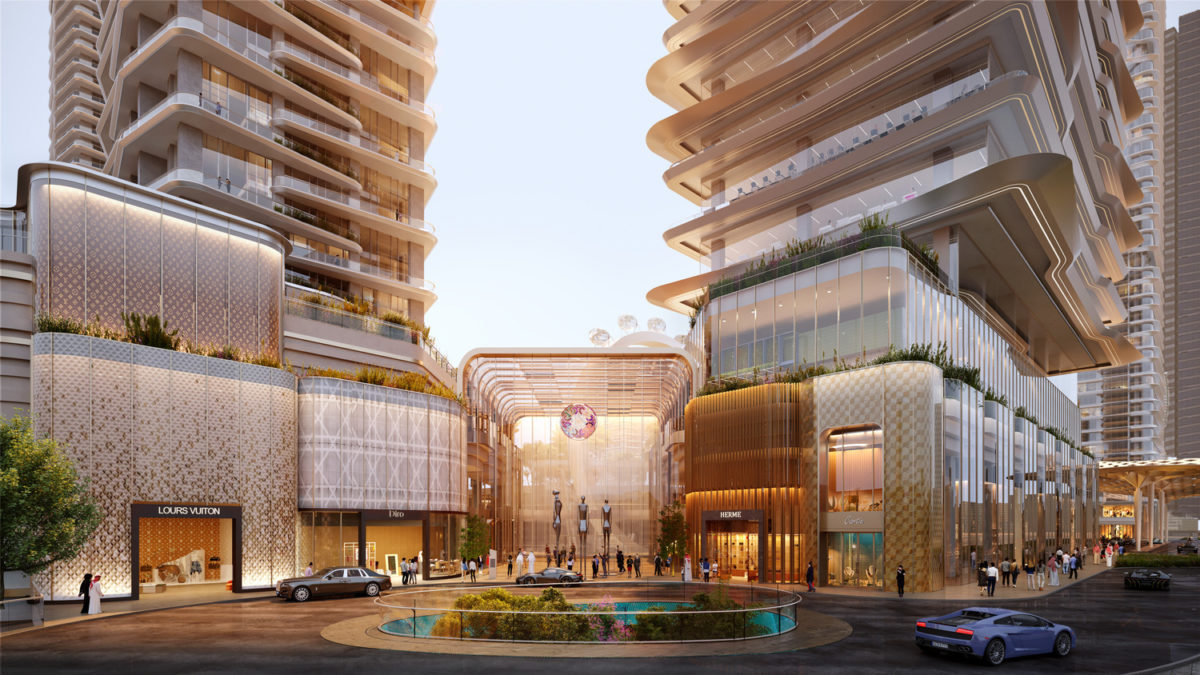
Transformative experiences
Transformative experiences will define the hospitality landscape of the future. Hotel guests are increasingly seeking ‘wow’ moments that will transform their world and stay with them long after checkout. In this way, hotel architecture acts as a portal through which we can transport the guest and broaden perspectives, with the narrative of the design capturing the desired experience, be it adventure, curiosity, luxury or heroism.
Transformation will also be enabled through the blurring of boundaries, creating new and dynamic spaces within hotel environments. As part of this shift, architecture and interior design will come together to make bold and immersive statements. Projection-based interiors will also play a part, with ‘blank canvas’ walls decked with digital screens showing responsive, real-time changes in light and imagery. In addition, we expect MICE – meeting, incentive, conference and event – areas to become integrated and reimagined as opportunities to ‘sell belonging’. This supports the notion of luxury as an interconnected, shared and ultimately transformative experience.

Experiential retail branded hotels
Hotels provide great opportunities for brands to showcase their products. As hospitality enters a new era of hotel-brand partnerships, we believe retail will become a more prominent long-term revenue stream for the sector. There have already been some notable collaborations – Bulgari and Amani, Palazzo Avino and Valentino. And as the retail-hospitality concept continues to evolve, these partnerships will come to represent a convergence of lifestyles and values, with synergy between hotels and brands helping to amplify personality.
The rise of experiential retail has added a new dimension to this phenomenon. Designers will need to focus on creating immersive retail spaces within hotels that enable guests to really ‘live’ a particular brand lifestyle. A sense of theatre, in which guests feel ‘on stage’, immersed in a role and performance, rather than consumer-driven interactions, will be critical to the success of these schemes.
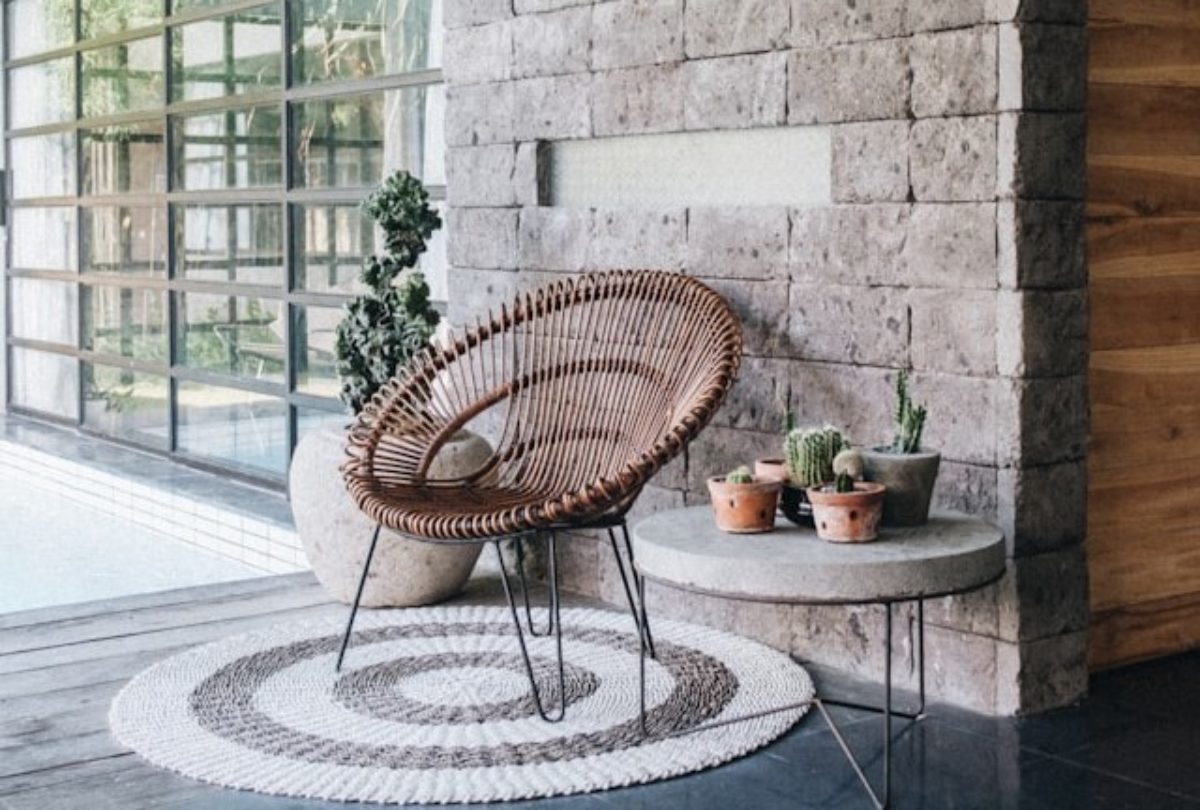
Sustainability and net zero design
Within hospitality, sustainability is now a fundamental and non-negotiable aspect of the design process. As the climate crisis accelerates, designers will be under greater pressure to embrace circular and sustainable design principles. But this is also an opportunity to weave powerful narratives into architectural design projects. By focusing on re-used and recycled materials, energy efficiency and net zero approaches, designers can make strong connections with environmentally conscious guests, reflecting core values in their hotel surroundings.
Looking ahead, the repurposing of existing hotel assets will be the preferred redevelopment model, rather than demolish and rebuild. Embedding adaptability into buildings will therefore be essential, with modular design helping the sector transition away from rigid processes and monolithic structures. Reducing waste and limiting refurbishments will also be key to creating a more sustainable future for hospitality spaces and developments.
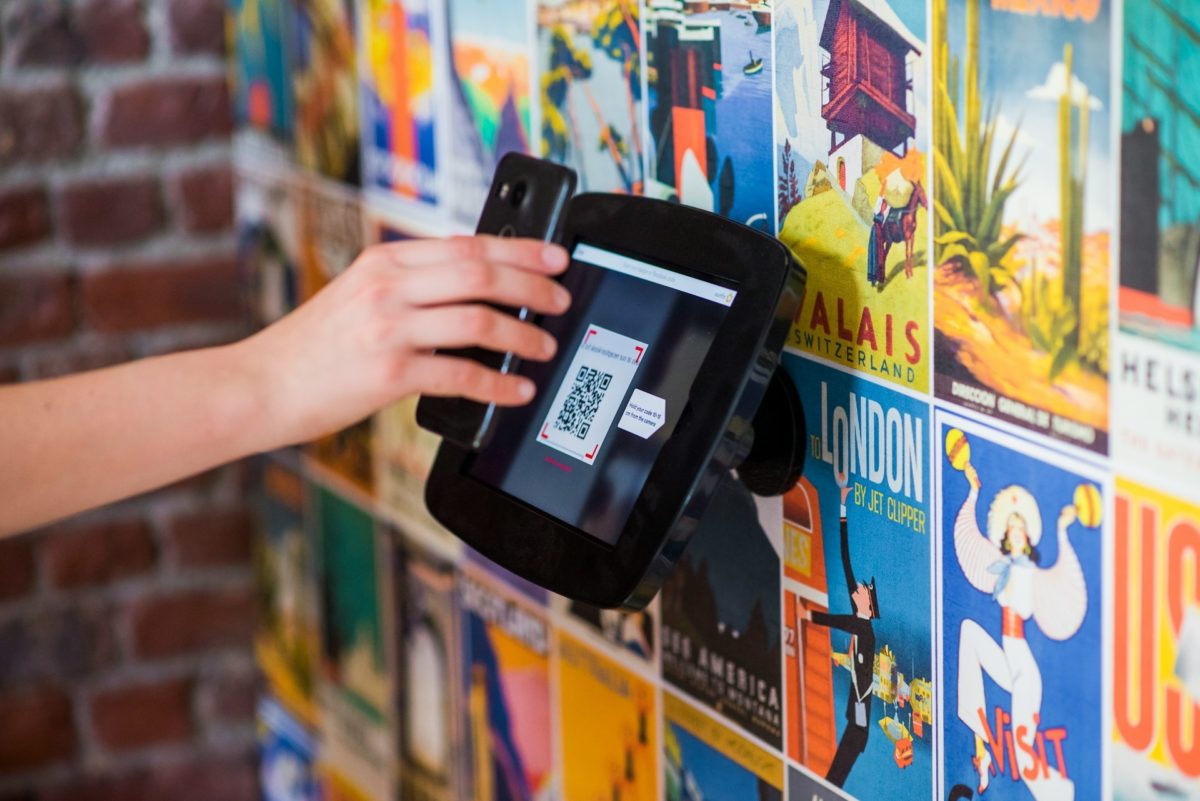
The future’s ‘phygital’
Looking further into the future, we anticipate a dynamic, digital and disruptive hospitality environment. ‘Meta-destinations’ and ‘wonderverse’ dreamscapes will enable guests to be fully immersed in an imaginative, AI-driven hotel experience. Blended ‘phygital’ landscapes will see guests sharing these experiences with avatar friends and family. And whether they are tapping into otherworldly escapism, or end-of-the-world anxieties, the challenge to architects will be to create meaningful, tangible and compelling experiences in the digital realm.
Zaynib Khan is a member of the ISHC with 15 years’ experience in hotel design and architecture across a range of international projects.









